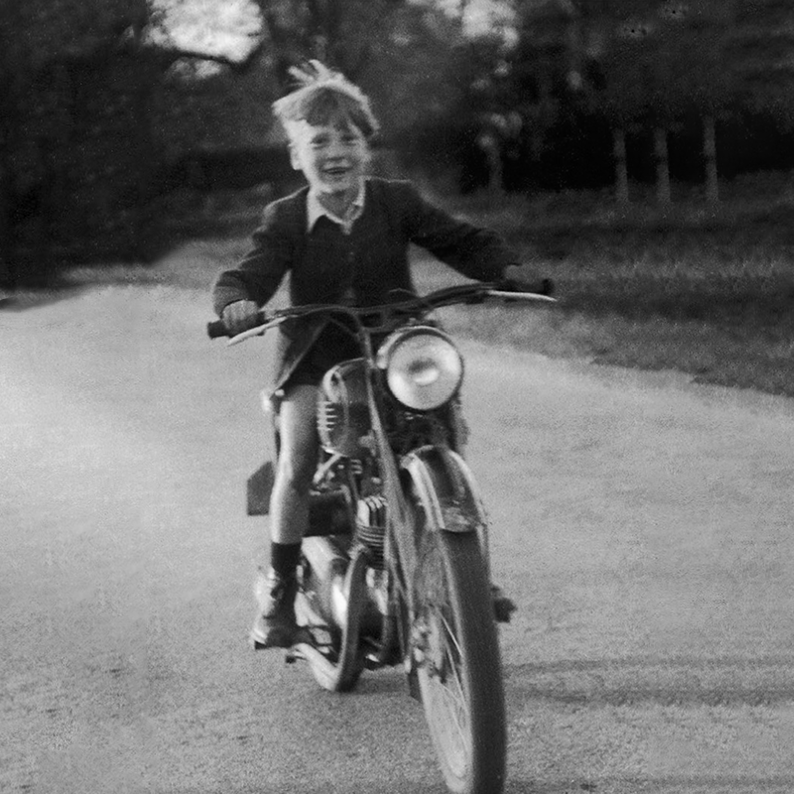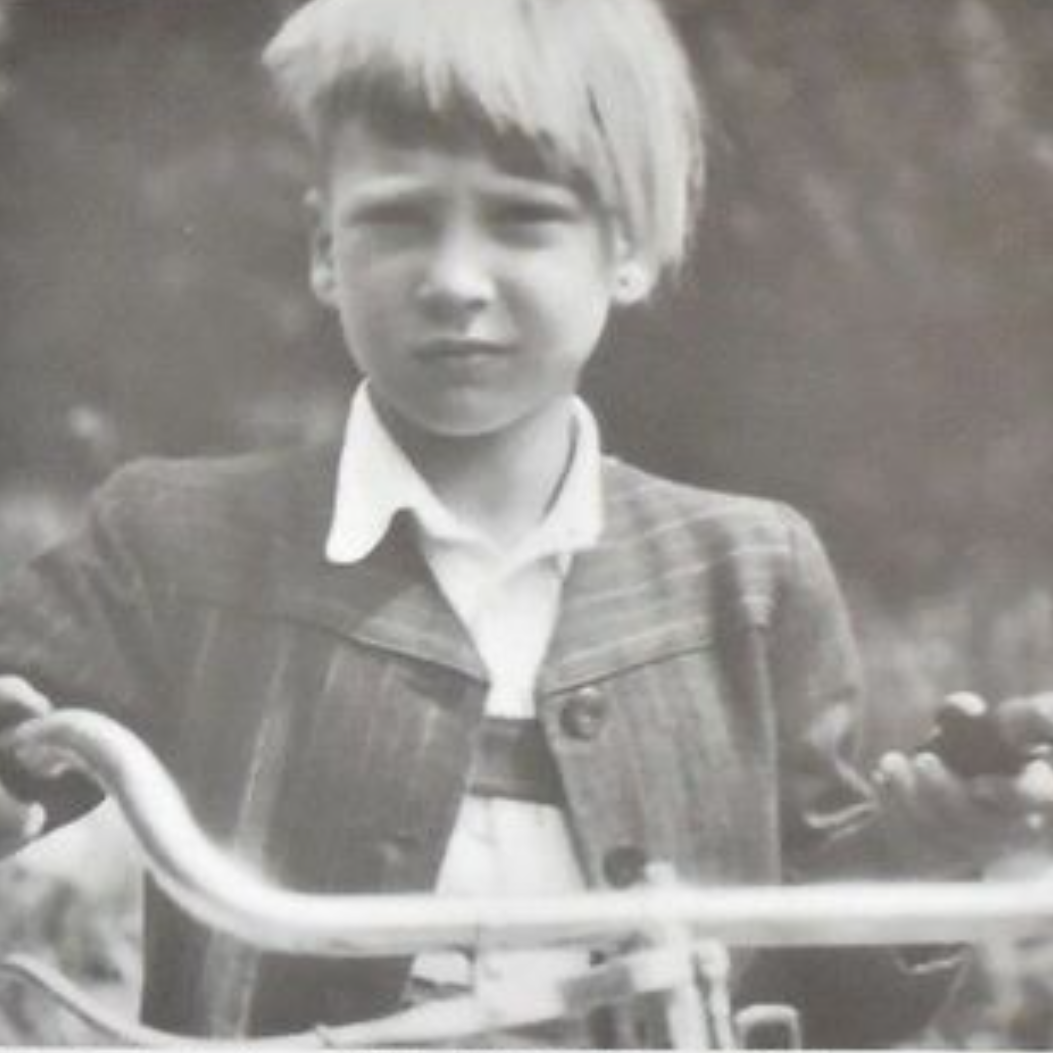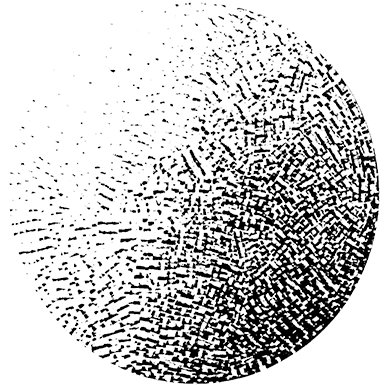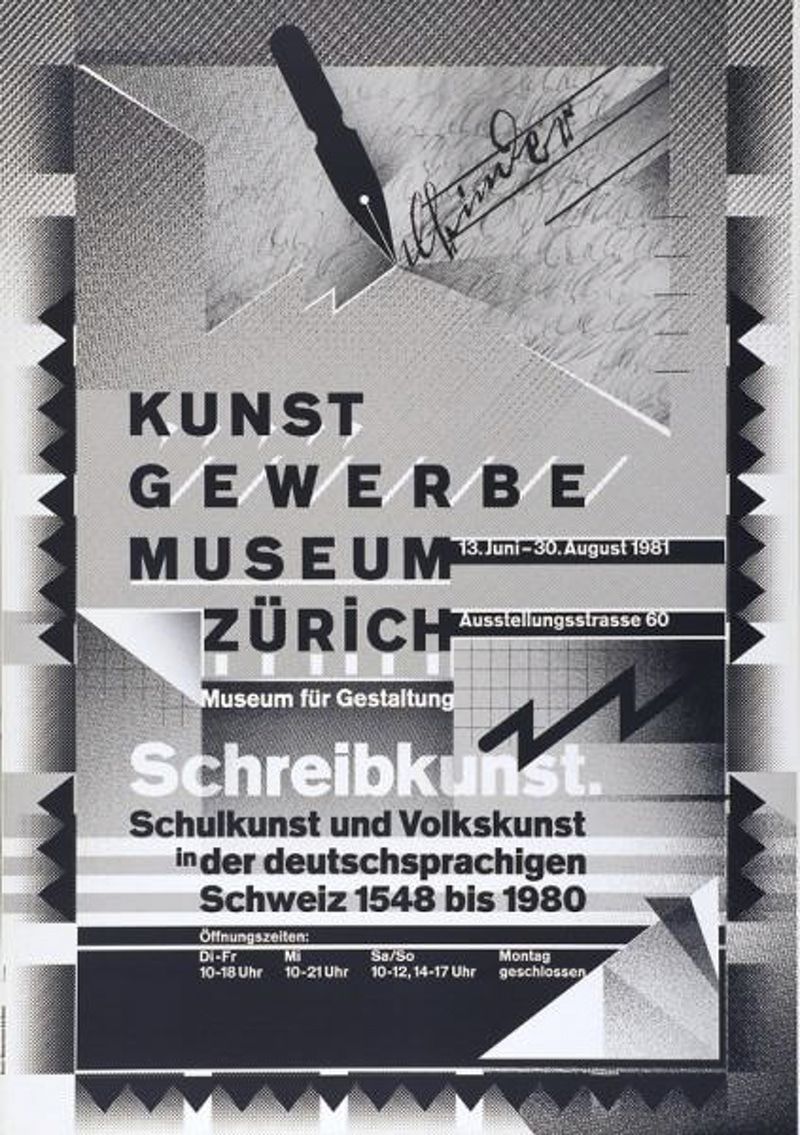Reference list
Video
Museum für Gestaltung Zürich (2014). Trailer “Weingart Typography.” [online] www.youtube.com. Available at: https://www.youtube.com/watch?v=GX3GMv6oXK4 [Accessed 9 Dec. 2021].
Museum für Gestaltung Zürich (2017). Wolfgang Weingart Typography - Interview. YouTube. Available at: https://www.youtube.com/watch?v=Wg-bGZ5-vG0.
Website
Famous Graphic Designers. (n.d.). Wolfgang Weingart | Biography, Designs and Facts. [online] Available at: https://www.famousgraphicdesigners.org/wolfgang-weingart [Accessed 9 Dec. 2021].
Heller, S. (2021). The Daily Heller: Wolfgang Weingart, Typographic Disruptor and Pioneer. [online] PRINT Magazine. Available at: https://www.printmag.com/daily-heller/the-daily-heller-wolfgang-weingart-typographic-disruptor-and-pioneer/ [Accessed 9 Dec. 2021].
Paradis, L. and Yedgar, A. (2011). TM Research Archive – Interviews. [online] www.tm-research-archive.ch. Available at: http://www.tm-research-archive.ch/interviews/wolfgang-weingart/ [Accessed 9 Dec. 2021].
Phillips, K. (2015). Wolfgang Weingart #tbt. [online] Shillington Design Blog. Available at: https://www.shillingtoneducation.com/blog/wolfgang-weingart-tbt/ [Accessed 9 Dec. 2021].
Schwemer-Scheddin, Y. (1991). Eye Magazine | Feature | Reputations: Wolfgang Weingart. [online] www.eyemagazine.com. Available at: https://www.eyemagazine.com/feature/article/reputations-wolfgang-weingart [Accessed 9 Dec. 2021].
Bibliography
Wolfgang Weingart, Wolff, K. and Schelbert, C. (2014). Typography : my way to typography : retrospective in ten sections = Wege zur Typographie : ein Rückblick in zehn Teilen. Zürich: Lars Müller Publishers.
Images
[Figure 1] Portrait of Wolfgang Weingart. (n.d.). [Online] Google images. Available at: google.com.
[Figure 2] Weingart, W. (2014a). Young Weingart on his Göppel. [Book] Typography : my way to typography.
[Figure 3] Weingart, W. (2014b). Young Weingart on his Motorbike. [Book] Typography : my way to typography.
[Figure 4] Weingart, W. and Museum für Gestaltung Zürich (2017). Print screen from 6 minutes and 31 seconds into the video. [Online] Youtube. Available at: https://www.youtube.com/watch?v=Wg-bGZ5-vG0.
[Figure 5] Weingart, W. (1963). Round Composition. [Online] ResearchGate. Available at: https://www.researchgate.net/figure/Wolfgang-Weingart-round-composition-lead-type-used-to-fill-up-a-cardboard-tube-and-then_fig1_321279189.
[Figure 6] Weingart, W. (n.d.). Experimental project with line tools to create a gradient effect. [Online] neugraphic. Available at: http://www.neugraphic.com/weingart/texts.html.
[Figure 7] Weingart, W. (1979). Kunstkredit 1978/79, 1979, Museum für Gestaltung Zürich, Poster Collection. [Online] Typo/graphic Posters. Available at: https://www.typographicposters.com/wolfgang-weingart.
[Figure 8] Weingart, W. (1981). Kunstgewerbemuseum Zürich, 1981, Museum für Gestaltung Zürich, Poster Collection. [Online] Typo/graphic Posters. Available at: https://www.typographicposters.com/wolfgang-weingart.








